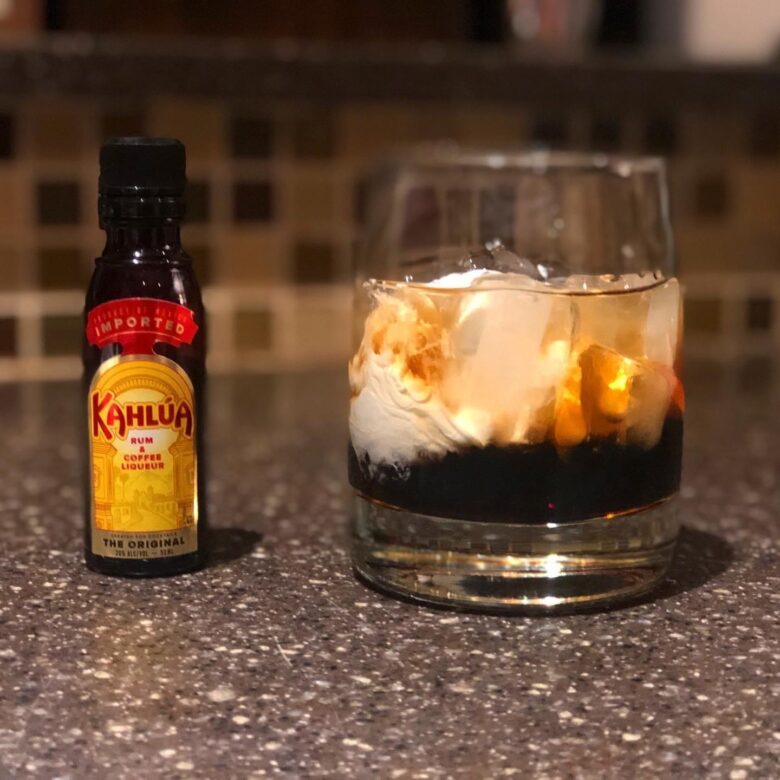White Russian – recipe below
When I was a senior in college, I spent my last semester studying architecture in London, and happen to have lucked into joining a group of fellow students from Fresno State in a week-long trip to the Soviet Union. Not Russia – this was an actual behind the iron curtain trip in 1985. We spent the first four days in Moscow, and one night we smuggled a group of Soviet kids our age into the International Hotel we were staying in. Citizens were not allowed to enter the international hotels – this was a controlled environment where the Soviets could strictly monitor what we saw as foreigners – and likely listen in to all of our public and private conversation. We all headed to the bar and ordered a bottle of Stolichnaya vodka, which our guests were very excited to drink. The ‘good stuff’ was reserved for international guests and export only, and citizens were relegated to drinking inferior and local brands. Local, but not in the ‘craft distillery’ sense. Rather, in the ‘close enough to vodka’ sense. This is where I learned two things. First, this is no way to run a country – and it didn’t appear sustainable to keep up a mirage of what your county was at the expense of your citizens. Second – and more important – I learned that it was bad form to cap a bottle of vodka in this part of the world, and the proper way to drink was to circle the table making toasts and taking shots until the vodka was gone, or until someone bought another bottle. Actually, there was a third lesson. There is a finite number of shots I can take until the world goes dark.
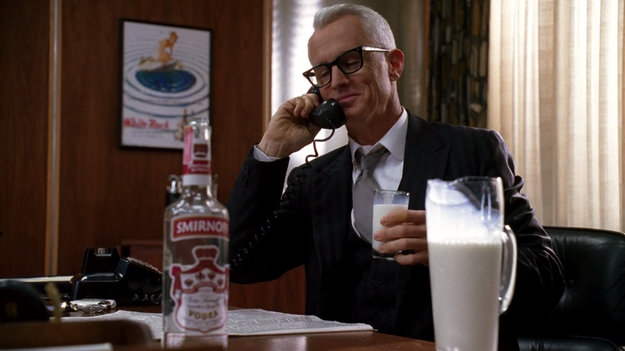
I still see vodka through this lens. I came of age in the middle of the alcohol wasteland. The Mad Men of the 50s and 60s did their best to maintain the cocktail hour and sophisticated drinking, but drugs entered the scene in a big way in the 60’s and the lesson Big Alcohol learned was that people took drugs to ‘alter’ themselves. To take a trip. In the 70s, alcohol tried to catch up. Drinks got bigger, with lots and lots of syrupy juices, and the goal of drinking more, and faster. There have always been people who drank too much, or situations that led to an individual wanting to get drunk. But binge drinking as a social norm came into its own in the 1970’s. The Martini was replaced with the awful Harvey Wallbanger and the Tequila Sunrise. Highball glasses went from 8oz to 12, 14 – and finally to the infamous Solo cup. By the 80s the martini craze hit and anything in the classic V shaped glass became a martini. The martini glasses grew from their origins between 4 to 6oz to the behemoths we see today, some topping out at 12oz. A few of those drinks went onto become classics (the espresso martini, the cosmopolitan) but most alcoholic drinks of this era had lewd or sexualized names (screaming orgasm, sex on the beach, blow job) and were for the purpose of getting drunk. Specifically, to get girls drunk. Bars offered Ladies Night specials, where girls drank free, and guys flocked in paying a cover charge, knowing the bar would be full of drunk women. And the star of this revolution? Vodka.
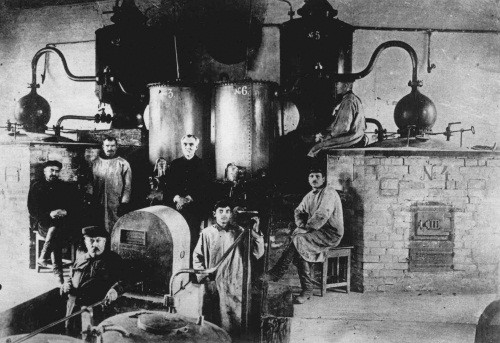
Vodka has been around a long time. it was first created in the Middle Ages in what is now Poland, and the first written mention of Vodka is from 1405. It entered Russia sometime in the late 1400s and like most distilled alcohol, it was used primarily as a medicine. Polish physician Stefan Falimierz added in his book on herbs that vodka should be “used to increase fertility and awaken lust” in 1534. By 1860, with regulation of all distilling under the control of the Czar, and a government policy promoting state-manufactured vodka, it became the drink of choice for Russians. By 1911, vodka comprised 89% of all alcohol consumed in the country. But Americans were having none of it. They liked their liquor brown, or in the case of gin, flavorful.
But the Russian revolution changed that. The October Revolution began in 1917 during World War I and lasted until 1923 when the Soviet Union was established. White émigrés, or first wave émigrés, began leaving in 1917 when the revolution started, and between 1917 and 1920 it is thought that as many as 2 million military officers, Cossacks, intellectuals, businessmen, and landowners fled Russia – and they brought vodka with them. They first emigrated to Turkey, then the Eastern Block countries, and finally large populations ended up in Western Europe, especially large cities like Paris. But bartenders didn’t know what to do with vodka. Flavorless, odorless, and colorless (by law), it didn’t bring much to the mixology party. The only drink of that era with legs to become a classic is the Bloody Mary (sometime in the 1920’s), invented by bartender Ferdinand ‘Pete’ Petiot, at Harry’s New York Bar in Paris. But with Prohibition still in full swing, it would take another decade for vodka to be introduced to America, and another two after that to hit full acceptance.
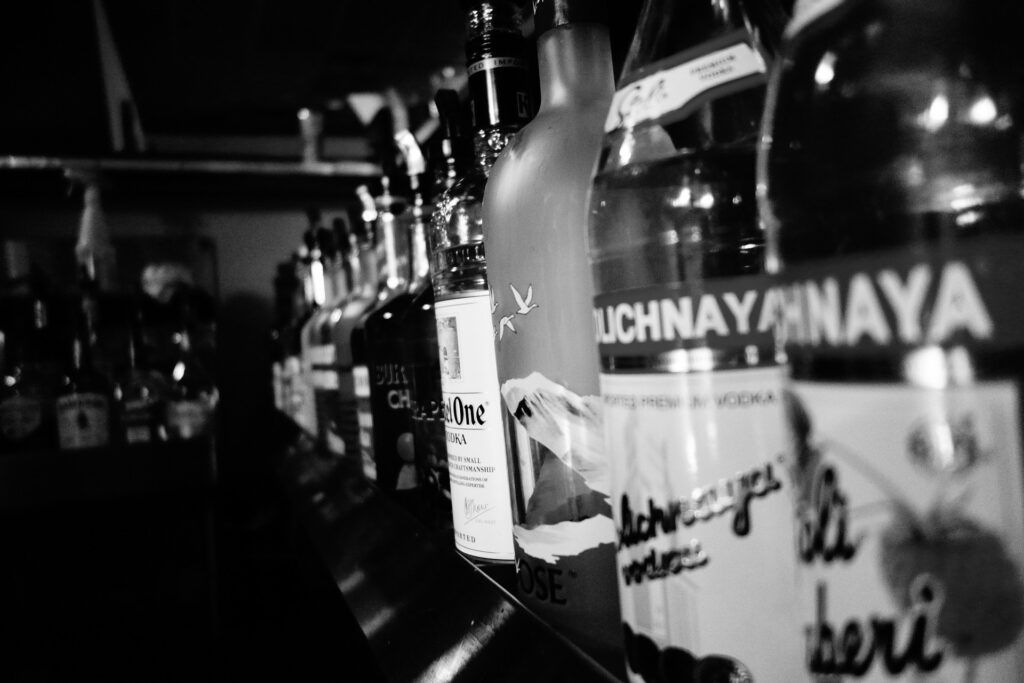
By mid-century in the US, the Vodka Martini (originally known as the Kangaroo Cocktail) was beginning to flex its muscles. It was helped by a successful advertising campaign- “Smirnoff, it leaves you breathless!” – a dog-whistle reminding drinkers that it could not be smelled on their breath – so go ahead and drink at work! Then, they created one of the most profitable product placement efforts in history, linking Smirnoff Vodka to the James Bond franchise. Martinis were, and always had been, a gin vehicle. Until Bond arrived. Later in the 70’s bartenders realized they could add vodka to a bunch of fruit juice or other flavors and make exotic drinks, meant to be drank, not sipped. Bar owners realized that with a flavorless and odorless spirit, quality no longer mattered. And the death spiral of crappy sour mixes and grenadine made from corn starch instead of pomegranates began.
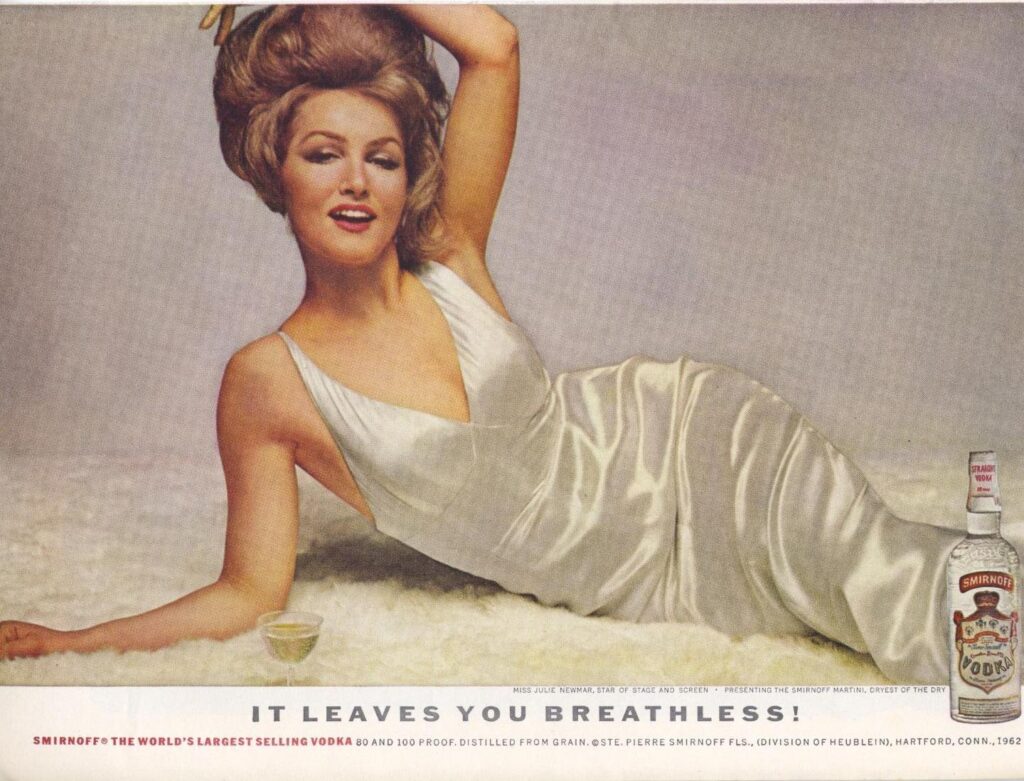
In 1950 only 40,000 cases of vodka were sold in the United States. By 1955 that number rose to 4 million, and in 1976 vodka passed whiskey to become the bestselling spirit in America. And it still is. Although there are signs that point to its fall. The small, craft distilling industry is growing in leaps and bounds, exploring all types of variations in gin and whiskey. On the other hand, once you make a white cake flavored vodka, you may have already jumped the shark.
But for now, let us celebrate Vodka! Grab a glass and make some toasts. Just remember that you should not recap the bottle. So, bring lots of friends.
Cheers!
The Dude Abides. The White Russian (from above)
2oz vodka
1oz Kahlúa
Splash of heavy cream
Add the vodka and Kahlúa to an Old Fashioned glass with ice and give it a gentle stir. Add a splash of heavy cream and serve.
AotCB-012
Instagram@architecture_of_the_cocktail
